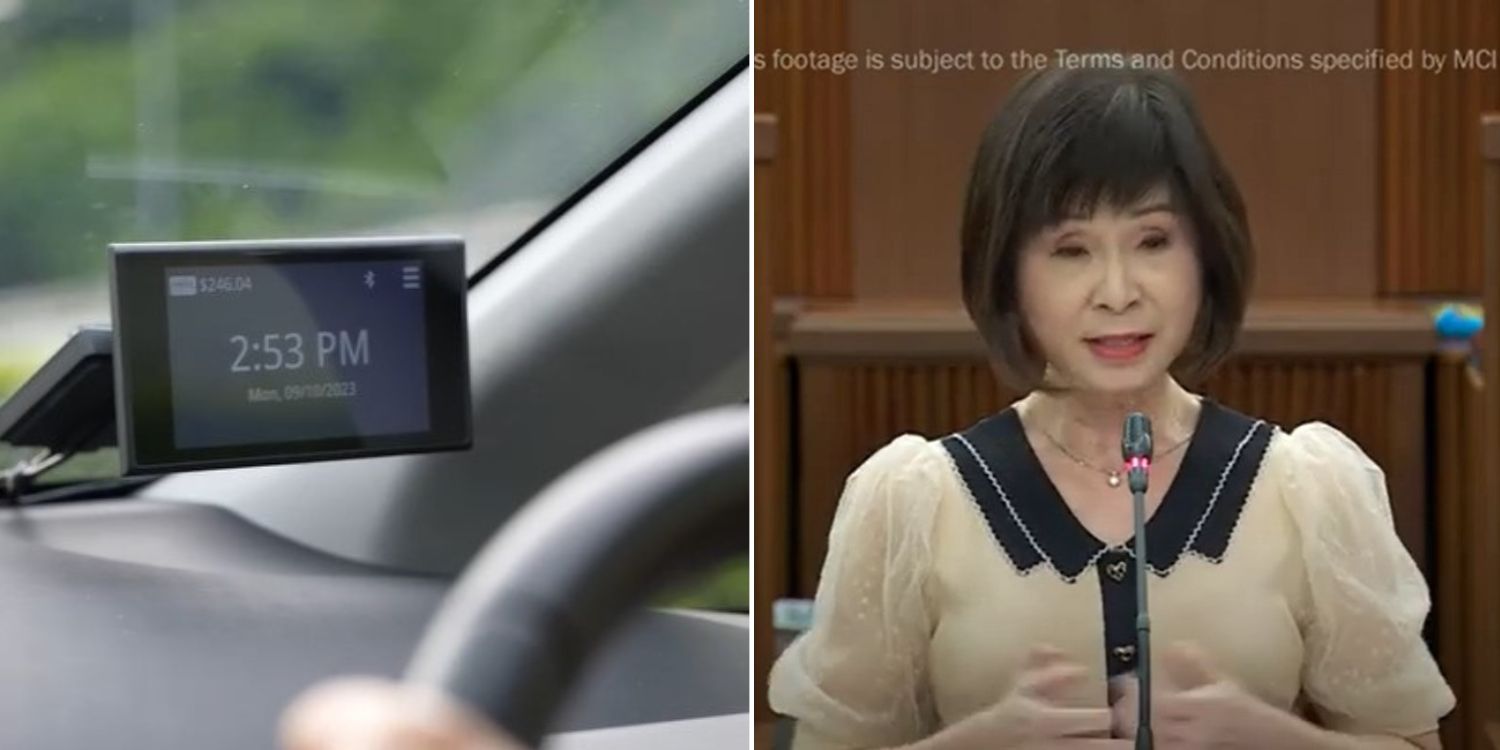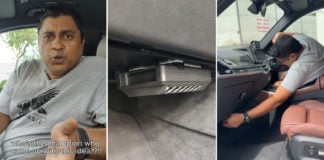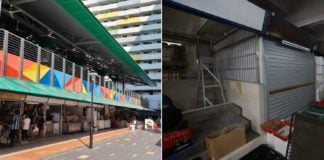ERP 2.0 Unit Will Alert Drivers When They Approach Charging Location & Indicate Relevant Charges
By now, all Singapore motorists would know that new Electronic Road Pricing (ERP) on-board units (OBUs) must be installed in their cars soon.
However, they might wonder how exactly the ERP will be charged when we fully transition to the system dubbed “ERP 2.0”.
It was recently revealed that the OBU will alert drivers when they approach a location where the ERP will be charged.

Source: Amy Khor on Facebook
Signages will also be erected to mark out the points.
ERP gantries will be progressively decommissioned
Speaking in Parliament on Monday (6 Nov), Senior Minister of State for Transport Amy Khor said that our ERP-charging system will remain the same for now as we are still in the midst of the transition from ERP 1.0 to ERP 2.0.

Source: MCI Singapore on YouTube
This means that for the time being, the ERP will be charged when a vehicle goes under a gantry, with the charge displayed on the in-vehicle unit (IU).
However, when the transition to ERP 2.0 is completed, the familiar physical ERP gantries will be progressively decommissioned, she added.

ERP 2.0 unit uses Global Navigation Satellite System tech
Replacing them will be the new OBU, which will charge motorists via Global Navigation Satellite System (GNSS) technology.
How it works is that the OBU will sound an alert when one’s vehicle approaches an ERP-charging location and indicate the relevant charges.
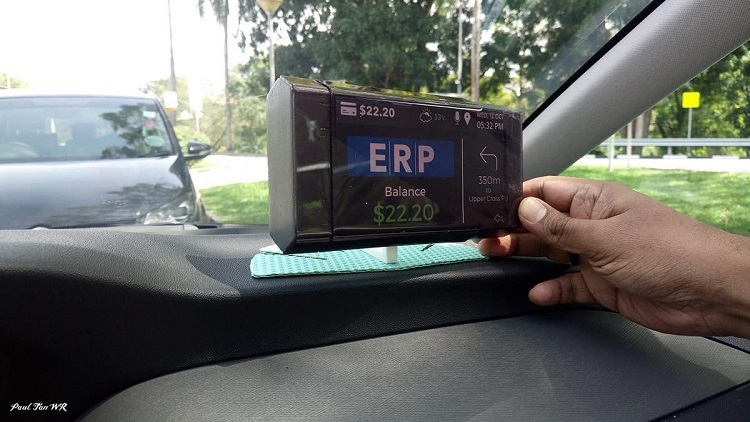
Source: Motorist.sg
There will also be signages which demarcate the points at which the ERP will be charged.
Info also available via smartphone
As previously announced, motorists will also be able to choose not to install the touchscreen display and have just the antenna unit on their windshield.
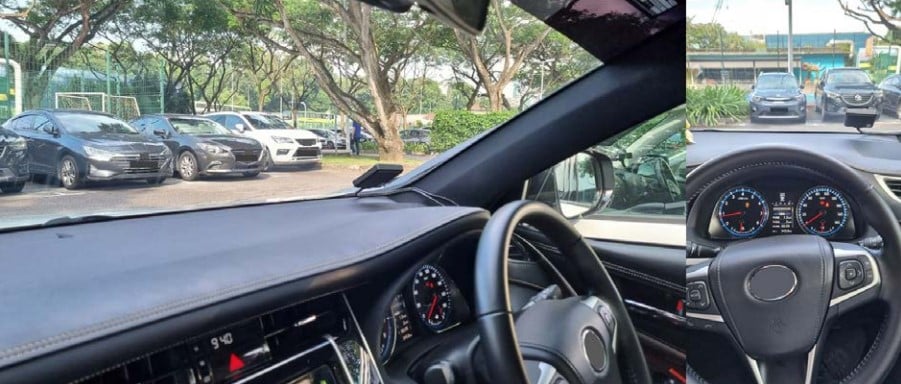
An OBU without the touchscreen display installed. Source: Land Transport Authority
That means, however, that the alert and relevant charges will not be displayed for them.
To access this info, they would have to make use of compatible mobile apps on their smartphones, Dr Khor said, adding,
Information on ERP charged locations and ERP rates will also be announced and made available publicly on the OneMotoring website, which is similar to the current practice.
ERP 2.0 unit will work with existing carpark payment systems
The ERP 2.0 unit will also work with existing carpark payment systems, including ERP and Electronic Parking System carparks.
Motorists will be able to continue paying with cards like the EZ-Link Motoring Card, NETS Flashpay, and NETS Motoring Card.
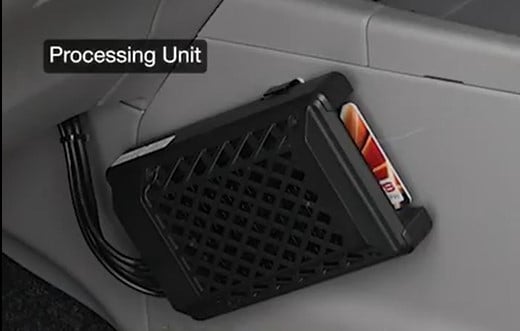
Source: Amy Khor on Facebook
However, payment via cash cards won’t be possible as these are being phased out.
No plans for distance-based charging
Since GNSS tech will be used, some motorists might wonder whether the Government will eventually move towards distance-based charging for the ERP.
This was alluded to by Sengkang MP Chua Kheng Wee, who asked when the implementation would commence.
Dr Khor replied that there are “no immediate plans to introduce distance-based charging”.
Any plans to implement it must take many factors into consideration, she added, as this is “a different approach for congestion management”.
ERP 2.0 can’t be fully replicated on a smartphone app
For many motorists, they might already be using their own smartphone in their car for functions like GPS and may prefer to use ERP 2.0 there as well.
Thus, Yio Chu Kang MP Yip Hon Weng asked whether the ERP 2.0 system can be replicated on a smartphone app instead, so motorists don’t need to install the OBU.
However, Dr Khor replied that smartphones’ location data can vary in terms of precision depending on the device.
Thus, this increases the risk of “erroneous charging”.
The ERP 2.0 unit, on the other hand, will be a standard-issue device for all Singapore-registered vehicles, thus,
(It) can better ensure reliability and performance, and reduce significant downstream operational challenges, such as disputes regarding charging inaccuracies.
The OBU also needs to process ERP transactions in real-time safely and securely, she noted.
Thus, if this is done via a smartphone, motorists would have to start their mobile apps and key in passcodes or use biometric authentication every time they travel, and,
This is inconvenient to motorists, and some may inadvertently forget to start their mobile apps for the ERP.
Less costly to replace existing system with ERP 2.0
Addressing queries based on cost factors, Dr Khor said the authorities had determined that it’s actually “less costly” to replace the existing system with ERP 2.0.
That’s because the current ERP system is “reaching the end of its operational lifespan”. There are also “obsolete parts” in the gantries and the existing IUs.
Thus, running such an ageing system would not be cost-effective.
ERP 2.0, on the other hand, will give the authorities valuable insights into our traffic conditions to manage congestion.
It also lessens the need for “costly physical gantries” in land-scarce Singapore, Dr Khor maintained.
Finally, it’s planned with long-term use in mind, meaning it allows for future upgrades to keep it relevant and up-to-date.
Have news you must share? Get in touch with us via email at news@mustsharenews.com.
Featured image adapted from Amy Khor on Facebook and MCI Singapore on YouTube.

Drop us your email so you won't miss the latest news.
